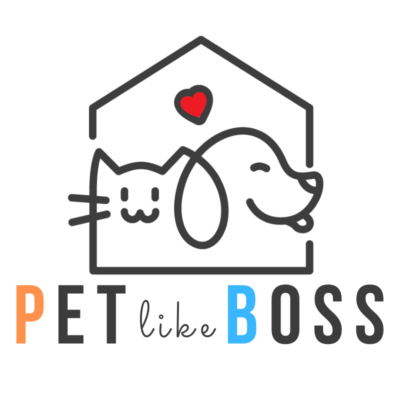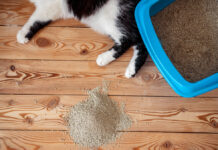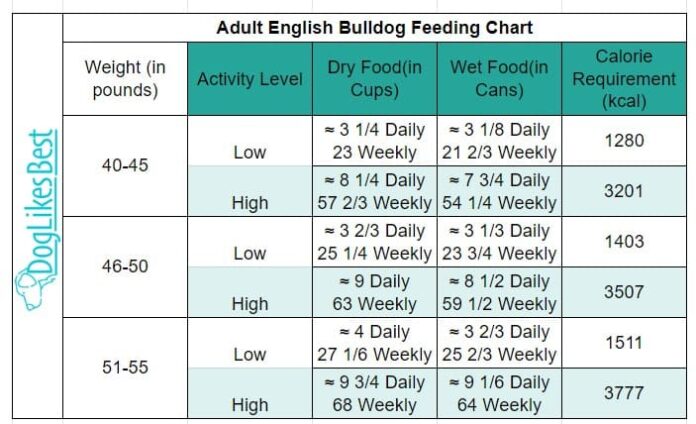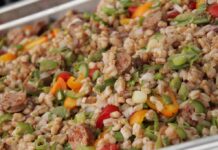Are you struggling to figure out how much to feed your adorable English Bulldog? Having a reliable English bulldog feeding chart is crucial for maintaining your pup’s health and preventing obesity. As recommended by Pet like boss, proper nutrition is key to raising a healthy and happy bulldog.
Understanding Your Bulldog’s Nutritional Needs
English Bulldogs, known for their distinctive brachycephalic features, have unique dietary requirements that change as they grow. Let’s dive into the comprehensive English bulldog feeding chart that’ll help you nail their nutrition game!
Age-Based Feeding Chart
2-3 Months– 3-4 meals daily- 1/4 to 1/2 cup per meal- Total daily amount: 1-2 cups
4-6 Months- 3 meals daily- 1/2 to 3/4 cup per meal- Total daily amount 15-225 cups
6-12 Months- 2-3 meals daily- 3/4 to 1 cup per meal- Total daily amount 2-3 cups
Adults (1+ years)- 2 meals daily- 1 to 15 cups per meal- Total daily amount 2-3 cups
Factors Affecting Portion Sizes
When using this English bulldog feeding chart, consider these factors:
- Activity Level
- Couch potato: Reduce portions by 10%
- Moderately active: Follow standard portions
- Super active: Increase portions by 10%
- Weight Status
- Underweight: Increase portions gradually
- Ideal weight: Maintain current portions
- Overweight: Reduce portions & check out our dog weight management guide
Tips for Successful Feeding
- Consistent Schedule
- Feed at the same times daily
- Monitor water intake
- Avoid exercise right after meals
- Food Selection
- High-quality protein sources
- Moderate fat content
- Limited fillers and artificial ingredients
Common Feeding Mistakes to Avoid
- Overfeeding
- Can lead to obesity
- Joint problems
- Breathing difficulties
- Poor Food Quality
- Cheap fillers
- Artificial preservatives
- Inadequate protein sources
- Irregular Feeding
- Digestive issues
- Behavioral problems
- Inconsistent energy levels
Special Considerations
Puppyhood
- More frequent meals
- Higher protein needs
- Growth-specific formulas
Adult Maintenance
- Regular exercise
- Weight monitoring
- Portion control
Senior Care
- Reduced calorie needs
- Joint support supplements
- Easier-to-digest formulas
Signs Your Feeding Plan Needs Adjustment
- Physical Signs
- Visible ribs or rolls
- Low energy
- Digestive issues
- Behavioral Signs
- Food aggression
- Excessive begging
- Lethargy
Health Issues Related to Feeding
- Obesity
- Most common health issue
- Affects joints and breathing
- Reduces lifespan
- Allergies
- Common in bulldogs
- May require special diets
- Consult vet for guidance
- Digestive Problems
- Sensitive stomachs
- Gas issues
- Proper food selection crucial
Transitioning Between Foods
- Gradual Process
- Day 1-2: 75% old food, 25% new
- Day 3-4: 50% each
- Day 5-6: 25% old food, 75% new
- Day 7: 100% new food
- Monitoring
- Watch for digestive issues
- Observe energy levels
- Track weight changes
Supplements and Treats
- Essential Supplements
- Joint support
- Omega fatty acids
- Probiotics when needed
- Treat Guidelines
- Max 10% of daily calories
- Healthy options only
- Used for training
Emergency Situations
- Loss of Appetite
- Monitor duration
- Check for illness
- Consult vet if prolonged
- Overeating
- Prevent access to excess food
- Monitor for bloat
- Emergency vet if needed
Seasonal Adjustments
- Summer
- Increased water intake
- Lighter meals
- More frequent small portions
- Winter
- Slightly increased portions
- Maintain exercise
- Monitor weight closely
Final Thoughts
Following an appropriate English bulldog feeding chart is essential for your pet’s health and happiness. Remember that these guidelines are starting points – your dog’s individual needs may vary. Always monitor their weight, energy levels, and overall health, making adjustments as needed.
Regular vet check-ups and maintaining a consistent feeding schedule will help ensure your bulldog stays healthy and happy throughout their life. Don’t forget to check out more detailed dog care tips at Pet like boss for comprehensive pet care guidance.
Remember: A well-fed bulldog is a happy bulldog! Keep this feeding chart handy and adjust as needed for your furry friend’s optimal health.












